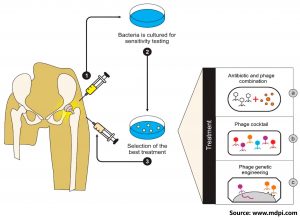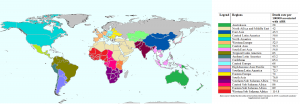Ready to eat food products like burgers, salami, grilled mushroom, falafel, chicken nuggets and Mexican corn are a popular choice of food among the Iranian population. However, the quality of raw materials and hygiene conditions are poor, leading to bacterial contamination. One of the major food borne disease causing bacterium is Staphylococcus aureus, which is resistant to diverse kinds of antibiotics. Resistant S. aureus is also responsible for complicated diseases and 100,000 infectious disease cases in the US.
The study was carried out to assess the phenotypic and genotypic prevalence of antibiotic resistance in S. aureus in ready to eat food products samples. High prevalence of 30% was found in grilled mushroom and salad olivieh whereas low prevalence of 3.33% was found in salami samples. The reason for the prevalence could be due to low quality of products, poor hygiene, inadequate cooking and contaminated ingredients. Additionally, high prevalence of resistance to gentamycin, tetracycline, penicillin, ciprofloxacin, penicillin and erythromycin was reported in S. aureus indicating further antibiotic resistance transmission to human population.
To know more about the trend, please visit the website of Tropical Medicine and Health (Link).







